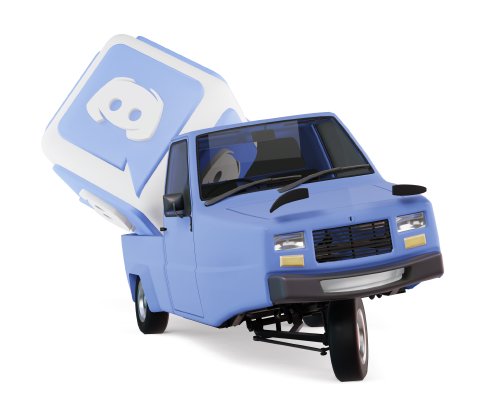Vehicle Platooning
Overview
A vehicle platoon consists in a set of vehicles which move together to a target destination, in the context of autonomous or semi-autonomous driving. The motivation for this can be to improve road safety, traffic congestion, to reduce fuel consumption, to save time and/or human resources on driving or other.
This early version of the vehicle platooning supports
- Starting with 2 vehicles forming the platoon
- New vehicles of almost similar size can join either at the tail or in the middle of the platoon, upon close distance proximity
- Accelerating and decelarating of all the vehicles simultaneously
- A vehicle can request to depart and as soon as it does so, it goes to manual driving. The same applies to the leader vehicle
- The gaps after a vehicle departure are covered by acceleration of the remaining vehicles
- When the leader leaves, it cannot rejoin as leader
- At current status, the platoon cannot handle challenging turns, like 180 degrees on high speeds.
Files
Here is an overview of the files and directories involved :
- platooning.lua (“BeamNG directory”\game\lua\vehicle\extensions\tech)
- platoonFunctions.lua (“BeamNG directory”\game\lua\ge\extensions\tech)
Usage
1.The platoon is formed with
extensions.tech_platoonFunctions.loadWithID(leader id, 1st following vehicle id, default speed), where :
- Leader : the first vehicle in the platoon.
- First following vehicle in the platoon: the first vehicle behind the leader, which means the second one in the platoon.
- default speed : the speed that the platoon should follow, as assigned by the user in m/s.
2.To let a new vehicle join the platoon’s tail, this vehicle’s id number is necessary :
extensions.tech_platoonFunctions.joinWithID(leader id, new vehicle id, speed).
3.The platoon can start moving with manual control as default. To allow to opt for the control mode, the user can run this command:
extensions.tech_platoonFunctions.launchPlatoon(leader id, Mode, speed), where
- Mode = 0: Manual mode
- Mode = 1: Span mode
- Mode = 2: Traffic mode
4.One of the following vehicles, in the middle or tail of the platoon, is about to leave the platoon :
extensions.tech_platoonFunctions.leavePlatoon(leaderID, vehicle-to-leave id),
so the vehicle goes to manual mode and the user should control it, driving outside of the platoon.
5.When the leader is to leave the platoon :
extensions.tech_platoonFunctions.leaderExitPlatoon(leaderID).
-
A new external vehicle is joining the platoon in the middle :
extensions.tech_platoonFunctions.joinInBetween(leaderID, ID of the relay vehicle in platoon infront of which joining occurs, ID of the external vehicle, speed).
Notes
- When applying the manual driving mode for the platoon, this needs to be slowly accelerating, i.e., not with challenging throttle.
- The usage commands are to execute via
GeLuacmd. - When vehicles are joining/forming a platoon, they need to be close to the position where they are joining, for the
followmode to work correctly (~ 10m).
Was this article helpful?

